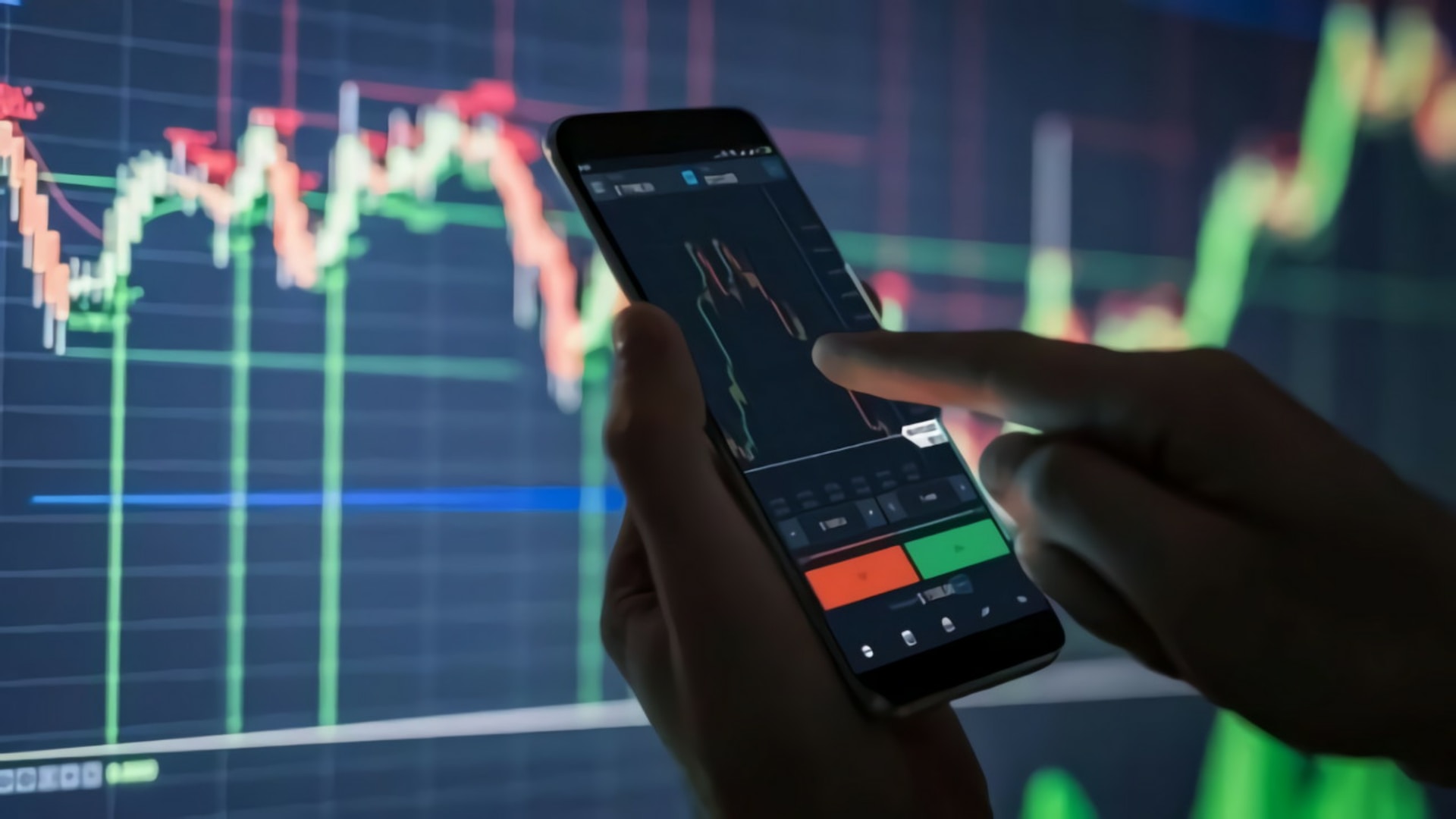The next round of interest rate hikes, eagerly anticipated by central bankers in Washington and Frankfurt, is facing increasing scrutiny from investors worried about potential economic repercussions. Federal Reserve Chair Jerome Powell has hinted at the possibility of further half-point increases, while European Central Bank President Christine Lagarde has indicated that another quarter-point hike is highly likely. However, financial markets are starting to assess the potential costs of relentless tightening measures. In fact, the inversion of the yield curve on US and German 10-year bonds, which occurred recently, is raising alarm bells and fueling skepticism about policymakers’ ability to prevent a US recession.
Central Bankers’ Dilemma: Balancing Inflation and Economic Growth:
Central bankers are grappling with the challenge of curbing the most significant inflation in a generation while avoiding the unintended consequences of stifling economic growth. The European Central Bank (ECB) has experienced the pitfalls of such a situation in the past, having abandoned rate-hiking campaigns that were later regarded as policy errors. The recent contraction in New Zealand’s output, despite being an early adopter of tightening measures, serves as a reminder of the risks associated with aggressive rate hikes. The concern arises from the perception that central banks are determined to raise rates even if their economies are softening or already in a recession, potentially leading to unintended policy mistakes.
Renewed Global Appetite for Tightening:
This month, global central banks have shown a renewed appetite for tightening monetary policy due to persistent inflationary pressures. Surprising investors, Canada and Australia have resumed tightening, and their yield curves have inverted for the first time since the financial crisis. The Federal Reserve’s decision, while fulfilling its pledge to pause, outlined the possibility of two additional quarter-point rate hikes this year, with one potentially taking place in the near future. The ECB, following suit, is highly likely to announce its own rate hike the following day, despite recent data indicating a mild recession. This shift in policy direction has prompted money-market traders to anticipate higher interest rates, with the Fed’s target rate potentially reaching its highest level since the turn of the century.
Market Unease and Predictions of Economic Outlook:
However, alongside these rate hike expectations, signs of market unease are emerging. The inverted yield curve, where long-term rates are lower than shorter-dated maturities, suggests concerns about future rate cuts as a response to an eventual recession and easing inflation. Fed Chair Powell acknowledges a moderately paced expansion but also recognizes the need for below-trend growth and some labor-market softening to control prices. While US retail sales exceeded expectations last month, indicating overall resilience, there are indications of moderation in consumer demand, sluggish factory production, and elevated unemployment benefit applications. In the eurozone, the economy has stagnated after a prolonged recession, with Lagarde predicting continued weakness in the short term. However, wage pressures pose a potential risk by further fueling inflation.
Interest rate hikes:
As central banks gear up for interest rate hikes, investor concerns about potential economic damage are growing. The delicate balancing act between taming inflation and supporting economic growth poses risks of policy errors and unintended consequences. The inverted yield curve and signs of economic sluggishness underscore the uncertainties surrounding the future direction of monetary policy. With the potential for both subdued expansion and moderate recessions, central banks must carefully assess the impact of their tightening measures to ensure they do not inadvertently push their economies into the overtightening territory.

